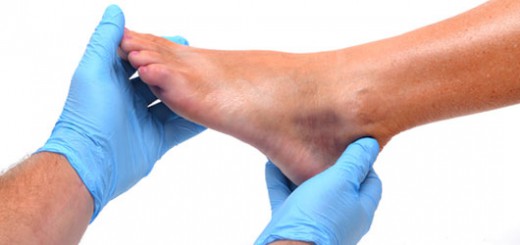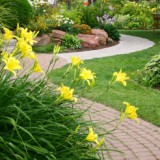Heal Your Plantar Fasciitis at Home
There is a thick band of tissue that runs from the heel, extends to the toes of each foot and supports the arch of the foot. This is the plantar fascia and when this gets inflamed you suffer from plantar fasciitis.
When you have this condition you will have pain in the heel, pain behind the ball of the foot, pain throughout the arch or other issues.
Most people feel pain in the region where heel and arch meet, and strangely enough this pain is very intense in the morning when you are actually fully rested. This is because this tissue tightens up after rest, and when weight is put on it in the morning its resultant stretching can cause a lot of pain.
A major cause for this problem comes from having flat feet or low arches. It can also result when people are knock-kneed or bow-legged, both conditions causing changes in foot alignments and stress to the plantar fascia.
This problem of plantar fasciitis is largely a result of always standing or walking on hard surfaces, which most city dwellers will do throughout a day. The suggested treatment for this affliction given by most doctors is to wear supports for the arches.
Unless these are custom made to suit the arches of the sufferer, the standard products do not always offer complete relief.
There are other plantar fasciitis treatments that can help to reverse the pain. They involve:
- Massaging of the heel and foot
- Stretching the plantar fascia
- Strengthening the foot that is affected
Watch these plantar fasciitis pain relieving video tutorials now >>
They will show you how to cut your recovery time by 70 percent and jump start the healing process.
All these can be easily done at home and fortunately there are videos easily obtainable over the Internet that describes these treatments in detail. Viewing them and following all the steps laid out, can help to alleviate the pain and bring a lot of relief to the sufferer.
There is no complicated equipment involved, nor any need for special shoes. Adherence to a system of manipulation of the feet, which brings the plantar fascia back to its original shape and strength, is all that is necessary.













